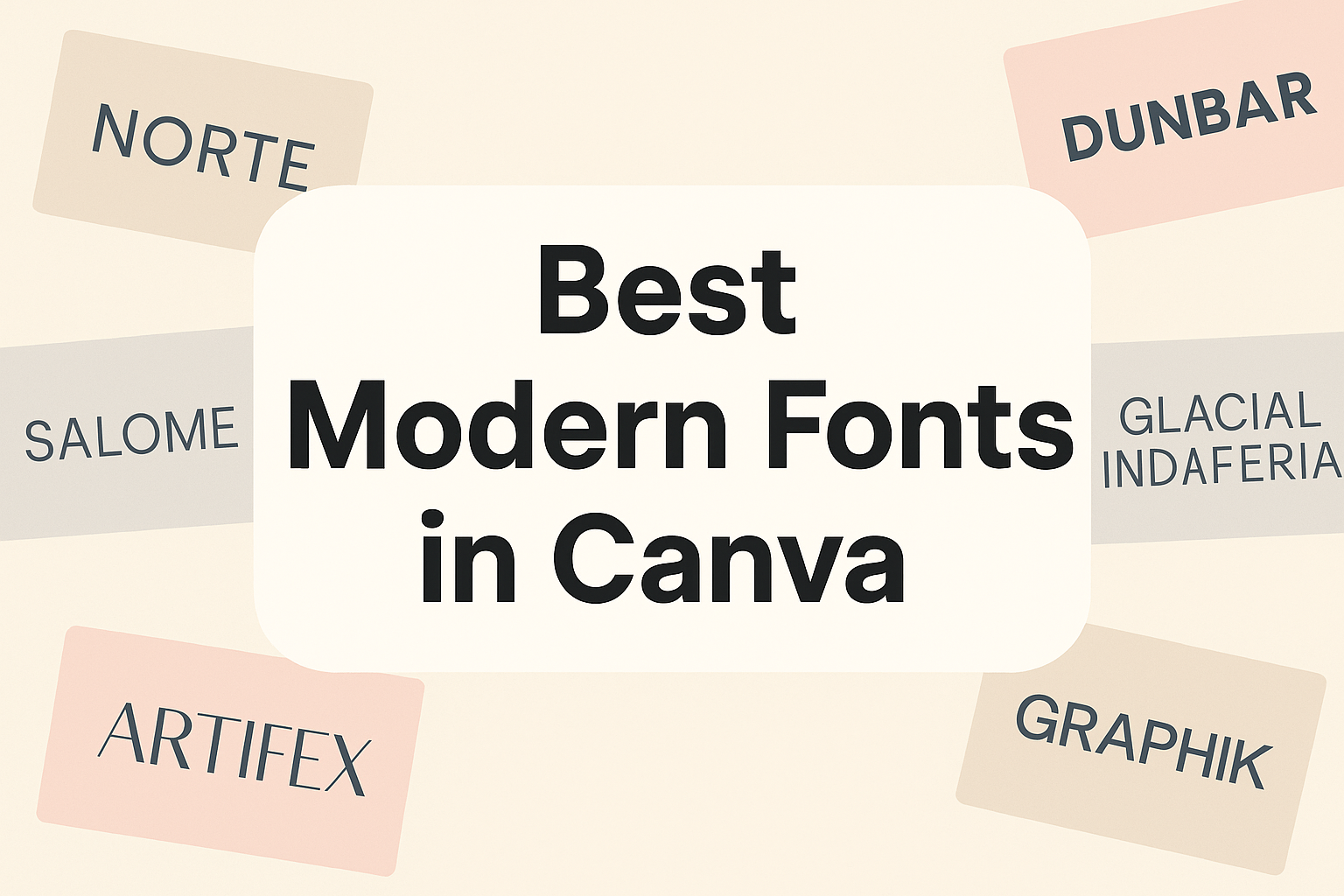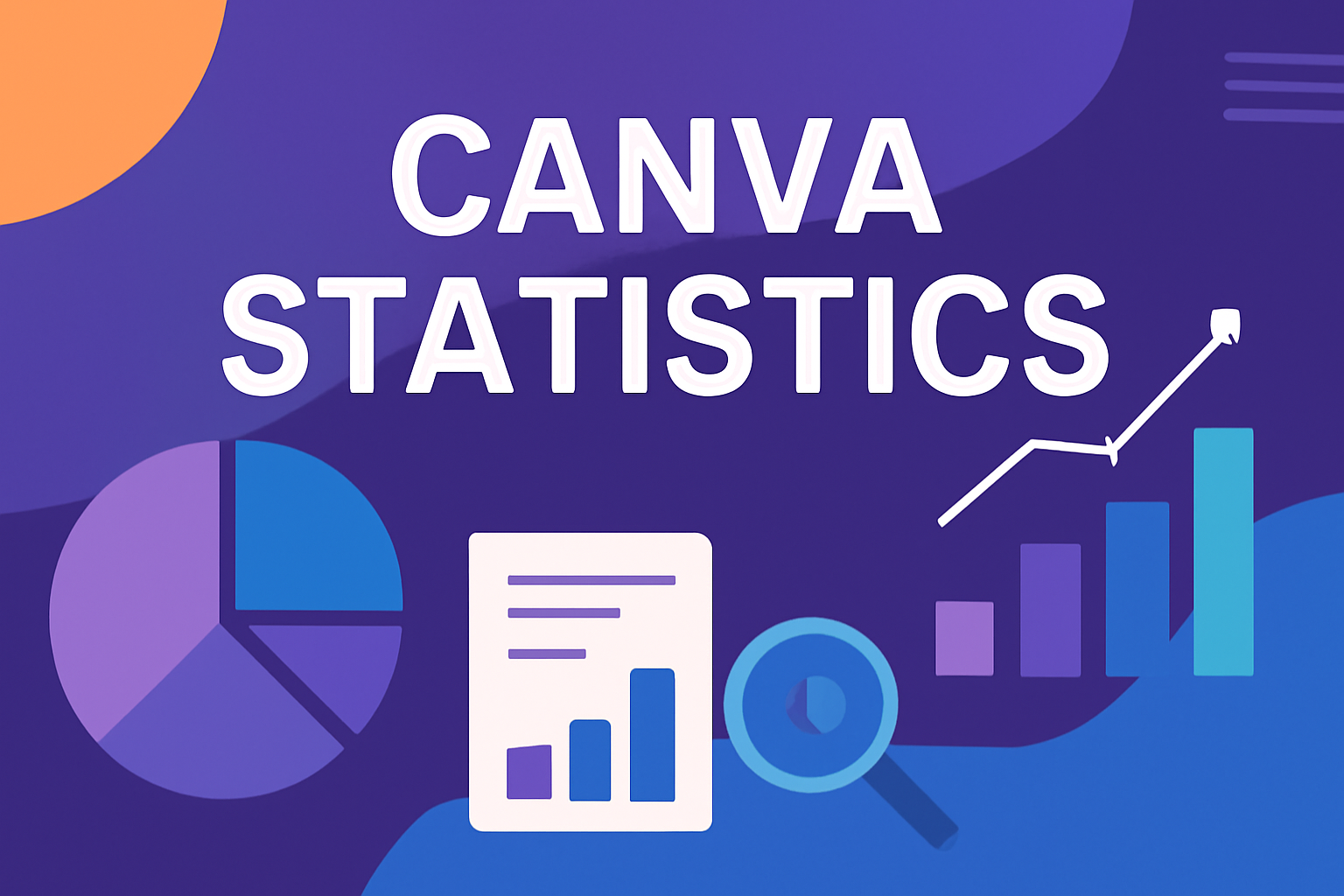When diving into design, fonts can change everything. Modern fonts offer a fresh, stylish vibe that can make designs pop. Canva provides a wide range of these fonts, making it easy to find the perfect typeface for any project. For those looking to elevate their designs, exploring the best modern fonts in Canva is a …
Canva Design Tutorials
Spring is a time to refresh and renew, and there’s no better way to do that in design than by updating your font choices. Whether you’re designing invitations, creating social media graphics, or working on a brand identity, choosing the right fonts can make all the difference. Among the best spring fonts in Canva are …
Paint brush fonts are a vibrant way to bring creativity and edge to any Canva project. Whether designing a logo, creating a social media post, or crafting a wedding invitation, the right font can set the tone and catch the eye. The best paint brush fonts in Canva offer a mix of bold textures and …
Choosing the right fonts for a project can transform a design from ordinary to extraordinary. Filipino fonts on Canva capture the vibrant culture and rich history of the Philippines, making them a unique choice for any designer looking to add a cultural touch. Discovering the best Filipino fonts in Canva will help you create designs …
For anyone who’s ever worked with Canva, the struggle of dealing with large file sizes is all too familiar. It can be frustrating when a design seems perfect, but its file size makes sharing or uploading difficult. Reducing the file size in Canva can be done easily by adjusting the file quality and dimensions during …
Designers often struggle to find the right font to capture the beauty and complexity of Arabic script in their projects. Canva has become a popular tool, offering a variety of fonts to match different styles and purposes. This allows designers to easily incorporate stunning Arabic typography into their work. The best Arabic fonts in Canva …
With its rise in popularity, Canva has become an essential tool for many designers and non-designers alike. Now serving over 175 million monthly users, the platform appeals to everyone from students to professionals. Each is creating stunning visual content with ease. By the end of 2023, Canva’s annual revenue was expected to reach $1.7 billion, …
Choosing the right fonts for a presentation can make a huge difference in capturing attention and conveying your message clearly. Canva offers a wide range of fonts that cater to various styles and purposes. Among these, Aileron paired with Canva Sans stands out as a sleek and modern combination perfect for maintaining professionalism and clarity. …
Canva has become a favorite tool for many people looking to dive into the world of graphic design without needing advanced skills. With its intuitive drag-and-drop interface, users can create eye-catching designs in minutes. For beginners, Canva is indeed easy to use, offering a variety of templates that simplify the design process. For those new …
Nonprofits today face the challenge of making a big impact with limited resources. With Canva, these organizations can create professional and eye-catching designs without spending a fortune. Canva for Nonprofits offers premium design tools and resources for free, allowing nonprofits to enhance their marketing efforts effectively. This access to high-quality templates, images, and fonts helps …










